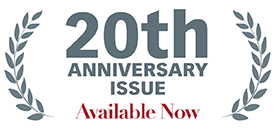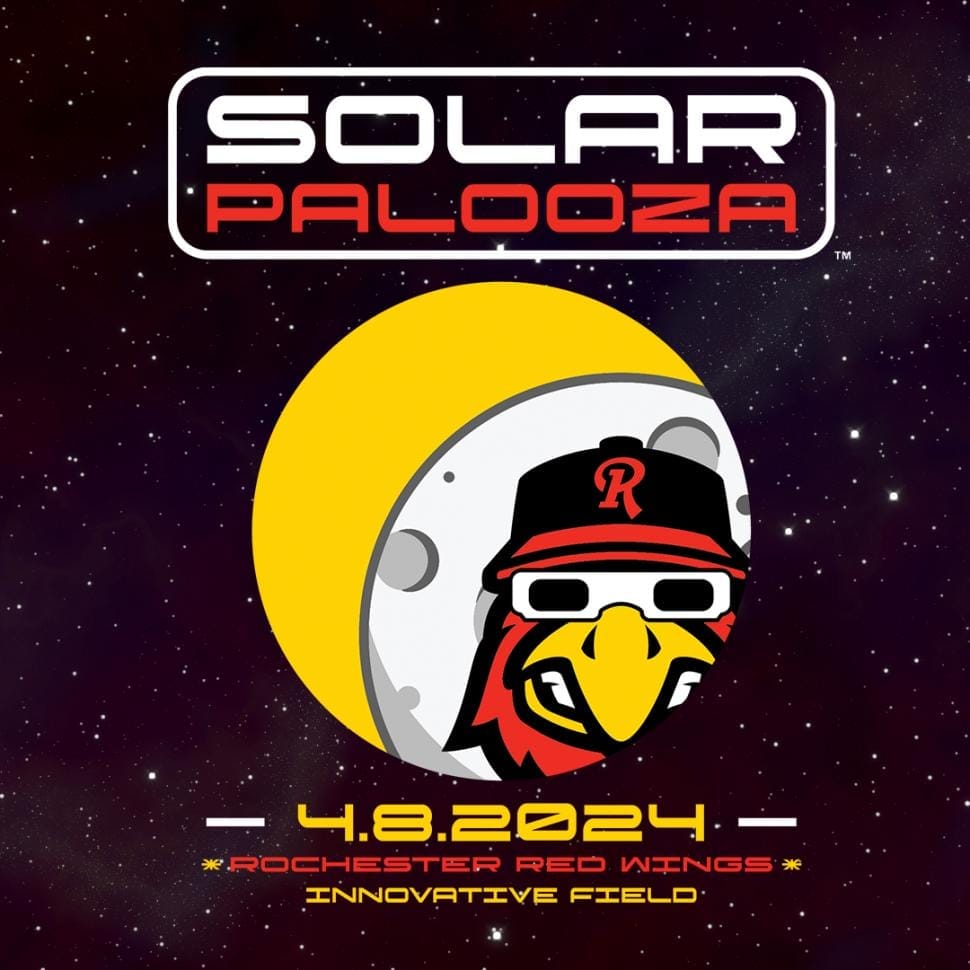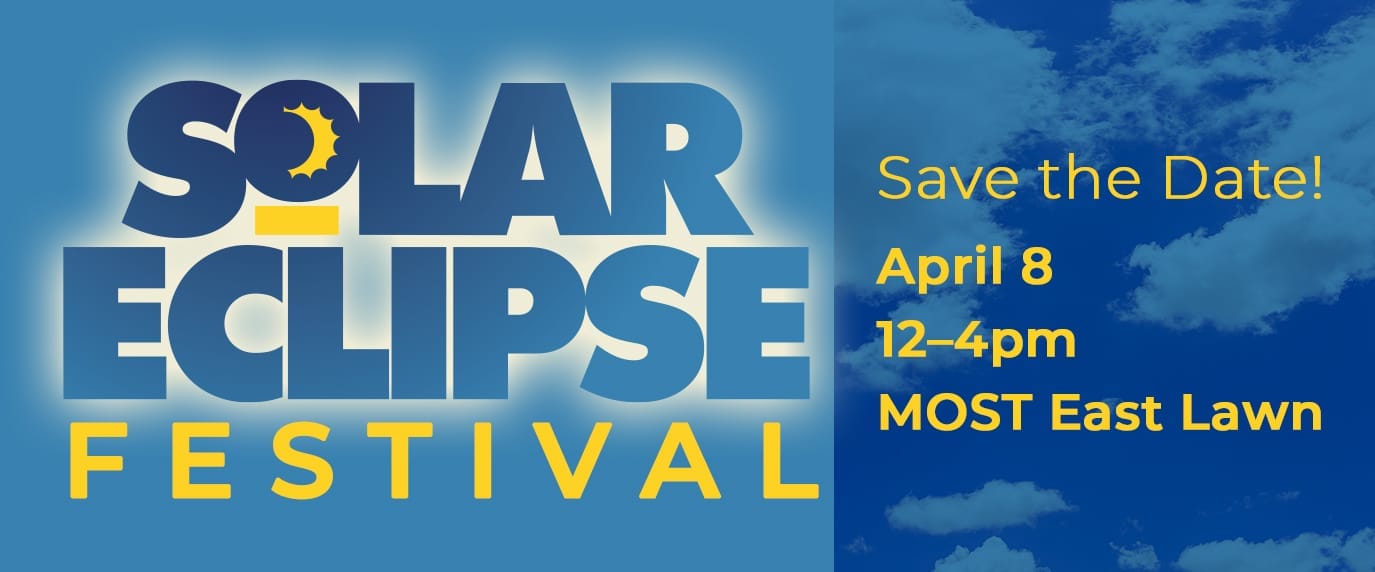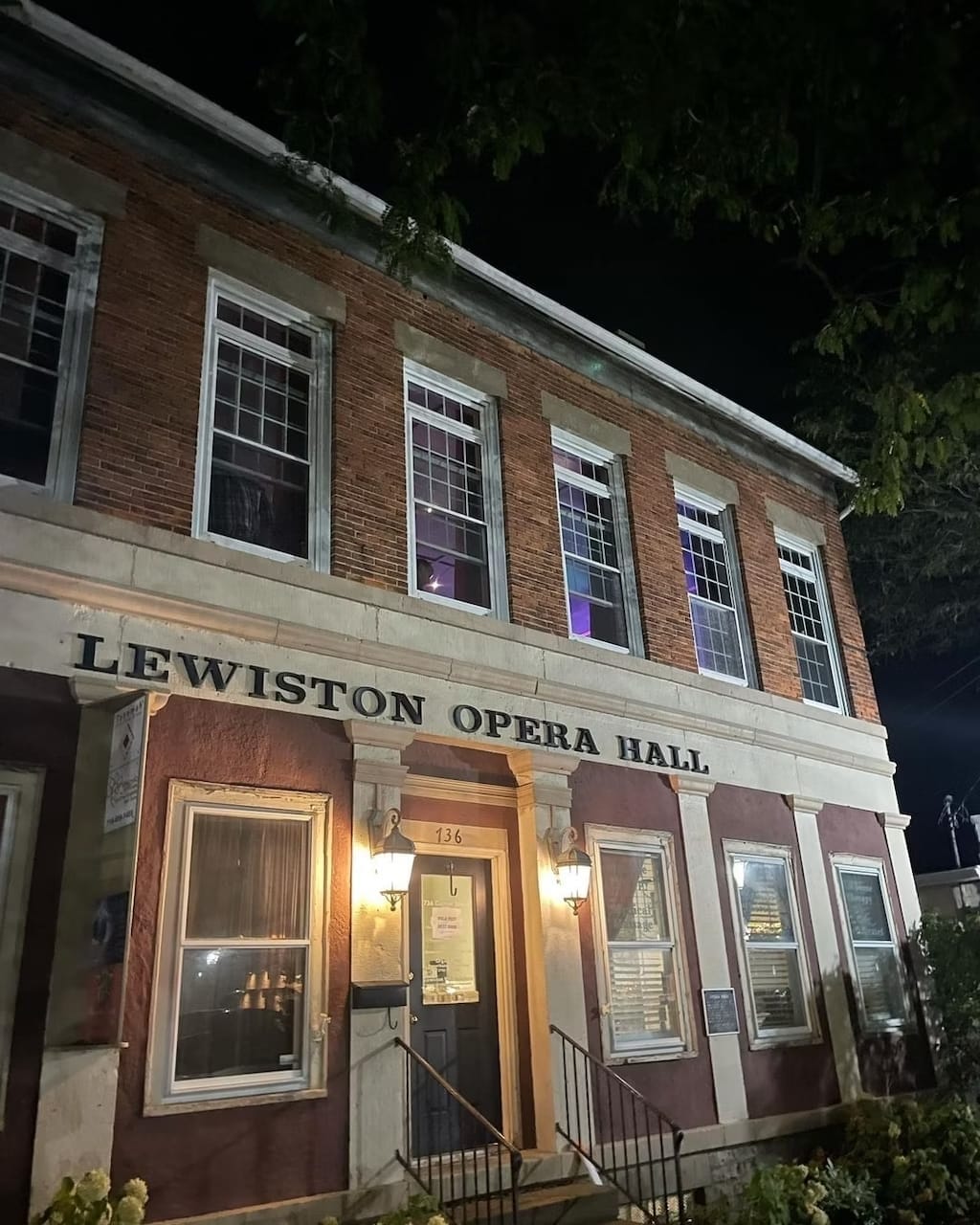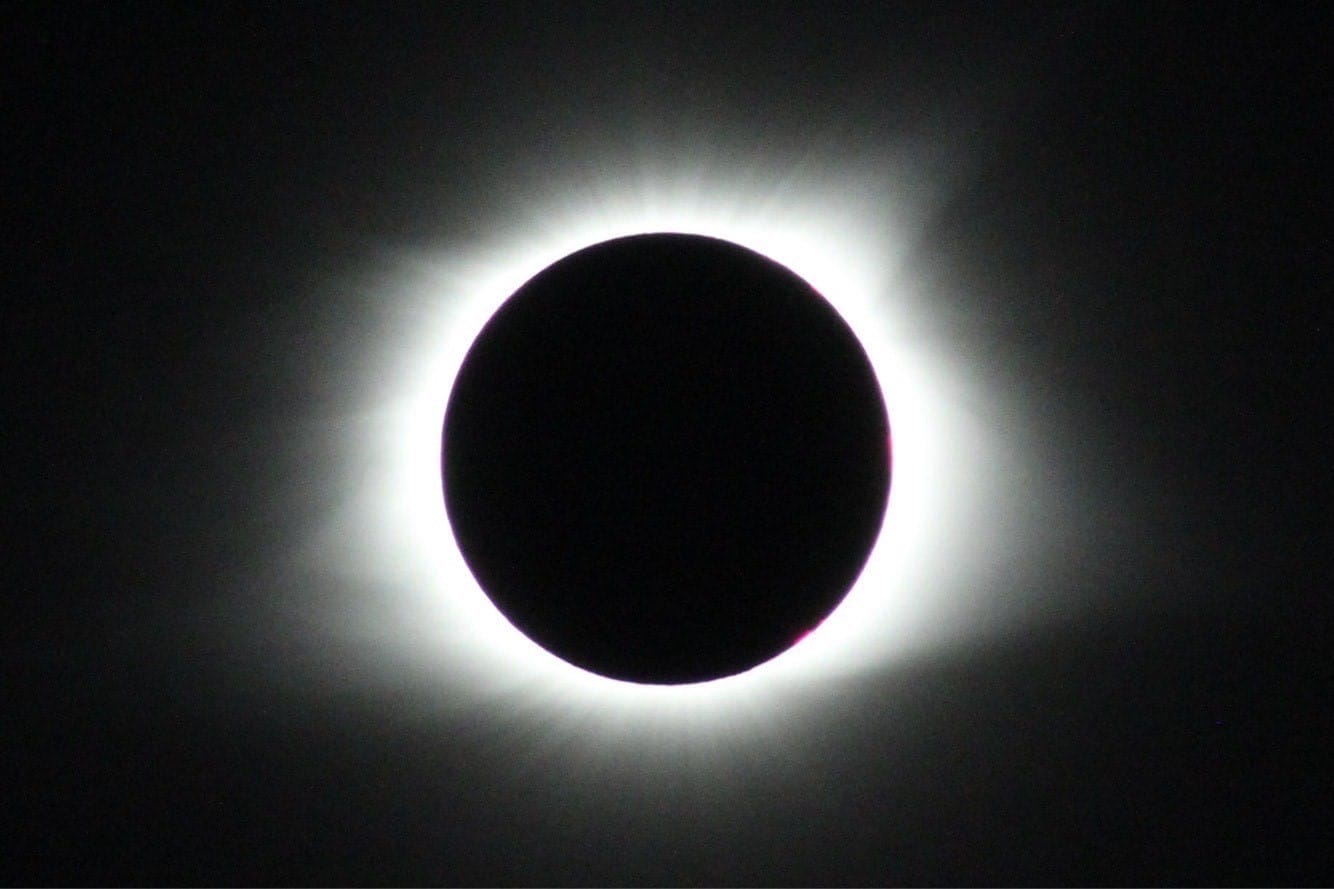
Hey, New York by Rail fans, heads up! On Monday, April 8th, New York State will be treated to a very special, once-in-a-lifetime celestial event — a total solar eclipse — and Amtrak is your ticket to get you to the path of totality to see the entire show from start to finish!
While total solar eclipses aren’t all that uncommon — one occurs somewhere on Earth about once every 18 months or so–the odds of one coming to your area are indeed very rare, about once every 375 years on average. So to have one grace the Empire State this coming April is indeed exciting news. The last time this happened was January 1925, some 99 years ago!
So, why should we all get excited about this? Well, to really appreciate the 2024 Total Solar Eclipse (TSE2024), we should know a few things about it. For starters, let’s answer the most common questions that people ask about eclipses…
Why do eclipses happen?
For us to see a solar eclipse, we need to have the Moon’s conical, quarter-million-mile shadow falling onto Earth. For that to happen, we’ll need the Sun, a New Moon and Earth all lining up (in that order) in space, something called a “syzygy,” and that happens about once every six months.
But wait, don’t we get a New Moon about once a month? So why don’t we see an eclipse every month?
Yes, we do indeed get a New Moon every 29 days or so, but due to the Moon’s slightly tilted orbit around Earth, most times Luna’s shadow doesn’t exactly fall in line with the Earth and Sun, either slipping too far north or south of Earth, and so no eclipse will happen. But about twice a year (as with this April), the Sun-Moon-Earth alignment is just right, and we’ll see the dark silhouette of the Moon sliding across the solar disc as the lunar shadow falls onto our planet.
You can try this yourself using a flashlight for the Sun, a tennis ball for the Moon and a classroom globe for Earth: place the tennis ball in between the flashlight and globe precisely right, and you’ll see the shadow of the “Moon” falling onto “Earth”.
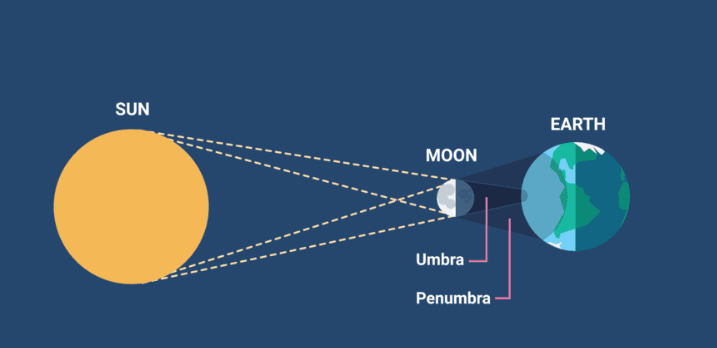
Can an eclipse be looked at safely?
Yes! This is one of the most misunderstood things about eclipses, and many people have missed these stunning events due to science illiteracy, and believing in old myths and fears that keep perpetuating from one generation to the next. From a teacher and student standpoint, it is greatly upsetting to know that so many school children across the U.S. will not be allowed outside to view this eclipse. It’s why we created No Child Left Inside!, a program that explains to administrators and parents how eclipses are perfectly safe to look at and record by both kids and adults; you just need to know how to do it safely!
For starters, let’s get something straight: the Sun is as dangerous to look at on any given day as it is during an eclipse. For some unexplained reason, many believe that sunlight during an eclipse is more dangerous than on a normal day. The Sun can be viewed both directly (but only with eclipse glasses or properly shielded binoculars and scopes) and indirectly (with a homemade eclipse viewer or a pasta colander), so anyone from an expert astronomer to a kindergartner can take part in seeing one safely (you can check out www.ScienceInsideOut.com for pics, videos and instructions on how to construct your own eclipse viewer from a mailing tube or shoe box). If you don’t have any of those things handy, simply get yourself underneath a leafy tree during a solar eclipse and look on as the openings between the leaves act like pinhole cameras to form a fantastic display of “eclipse crescents” on the ground! This is an especially good activity for those with young children or large groups.
Despite all these warnings about making sure you don’t look at the Sun without eye protection, there is one time that you should look at the eclipsed Sun directly. It is during the brief, few stunning moments of totality. At all other times (including when there’s no eclipse) certified-safe eye protection is a must!
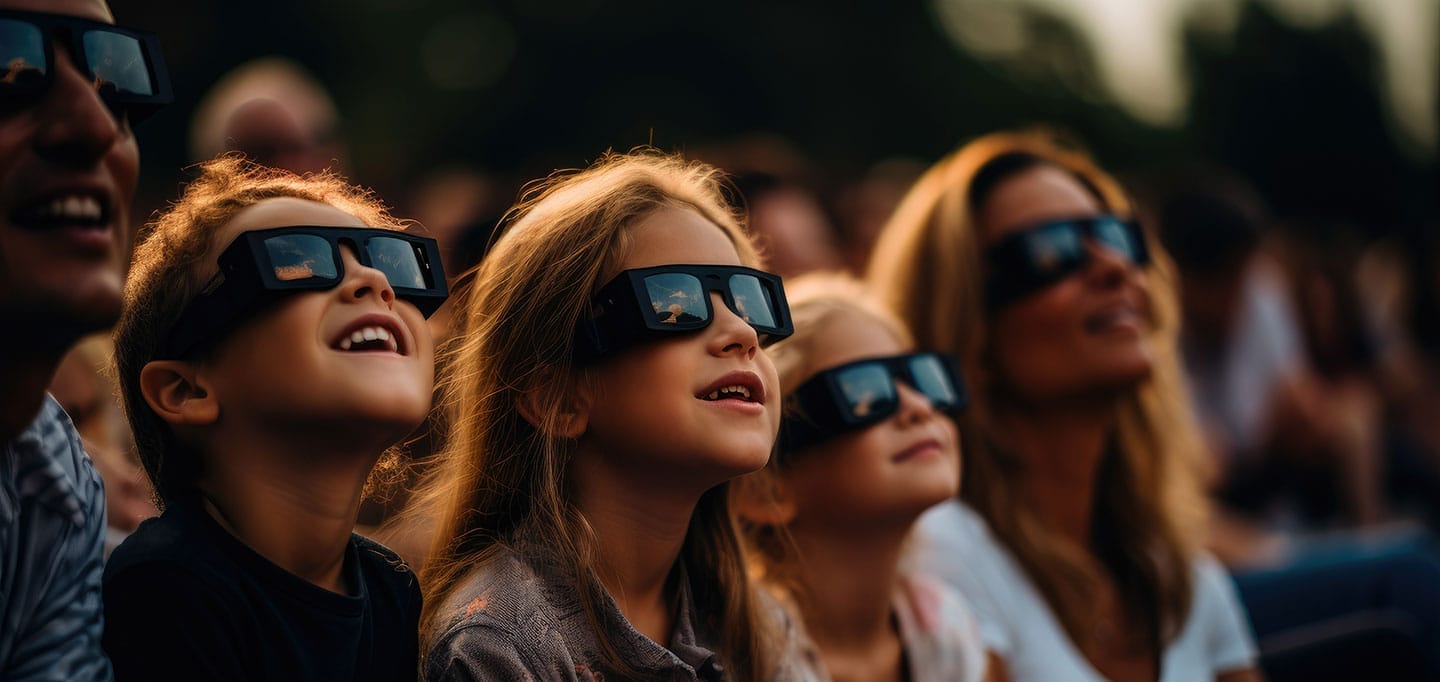
What is the difference between a partial eclipse and a total eclipse?
The difference is literally night and day, (pun intended). To understand why, let’s take a look at the shadow of the Moon. The lunar shadow comprises two distinct parts: the penumbra and the umbra. The penumbra is the shadow’s lighter, outer section, much larger than the darker, inner umbra. Because most of the Moon’s shadow is the penumbra, many more people will be under it and see only a partial eclipse where only a section of the solar disc will be covered. For all New Yorkers, it will take over an hour from the beginning of the eclipse until maximum coverage and then the same amount of time for the eclipse to come to an end. Across New York State, the maximum eclipse, whether it’s partial or total, takes place just after 3 p.m. EDT. This is not the greatest timing, as that’s when many students will be leaving school, and unfortunately school buses won’t wait for an eclipse. This should be an incentive to plan ahead. We recommend taking the day off and traveling to a location where you can view totality.
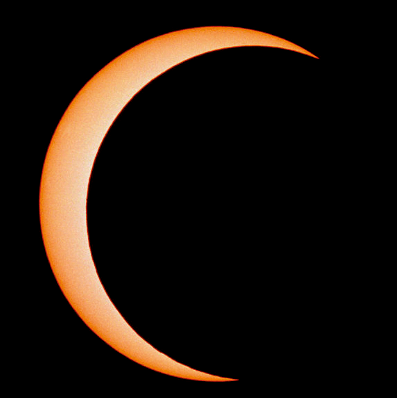

The portion of the Sun that’s covered by the Moon is called the magnitude of the eclipse (expressed in decimal or percent). So, the higher the magnitude of the eclipse, the more the Sun will be blocked by the Moon. OK, now that we’ve explained what a partial eclipse is, why all the fuss happening over the total eclipse? Well, as explained above, it’s night versus day. The Sun is extremely bright ,but much of the glory of our closest star is hidden in the super-bright glare of the surface of the Sun. The Sun is so bright that most people have no idea an eclipse is taking place above them until about 75-80% of the solar surface is behind the Moon. The Sun is so bright that even a 99% partial eclipse (with only 1% of the Sun showing) is still 10,000 times brighter than a total eclipse! This is why you need to get yourself firmly ensconced within the path of the Moon’s umbra, so the entire solar disc will be hidden. Only then will the previously hidden treasures of our closest star reveal themselves: the neon-pink chromosphere and prominences, Baily’s Beads, the breathtaking diamond ring effect, and the gem of any total eclipse: the ghostly and ethereal corona (the Sun’s outermost atmosphere).
You don’t get any of these with a partial.
These are the reasons folks like me are known as “eclipse chasers” and “umbraphiles,” because we chase the Moon’s shadow all across the globe for those few precious moments of pure celestial bliss. So, to have totality come to our home state is fortuitous indeed. The last time it happened was January 1925 (the famous 86th St. Eclipse*); the next time will be 2079.
Many fortunate Empire State residents already live within the path of the Moon’s umbra (also called the path of totality) or will travel the relatively short distance from their homes to get there. The best areas to see the eclipse — and luckily are easy to travel to via Amtrak are Buffalo, Rochester, and Syracuse New York, and Burlington, Vermont.
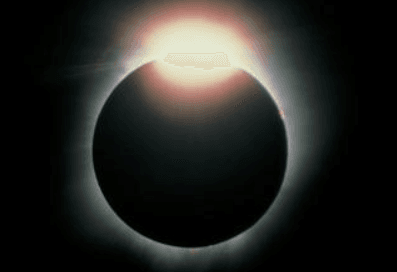
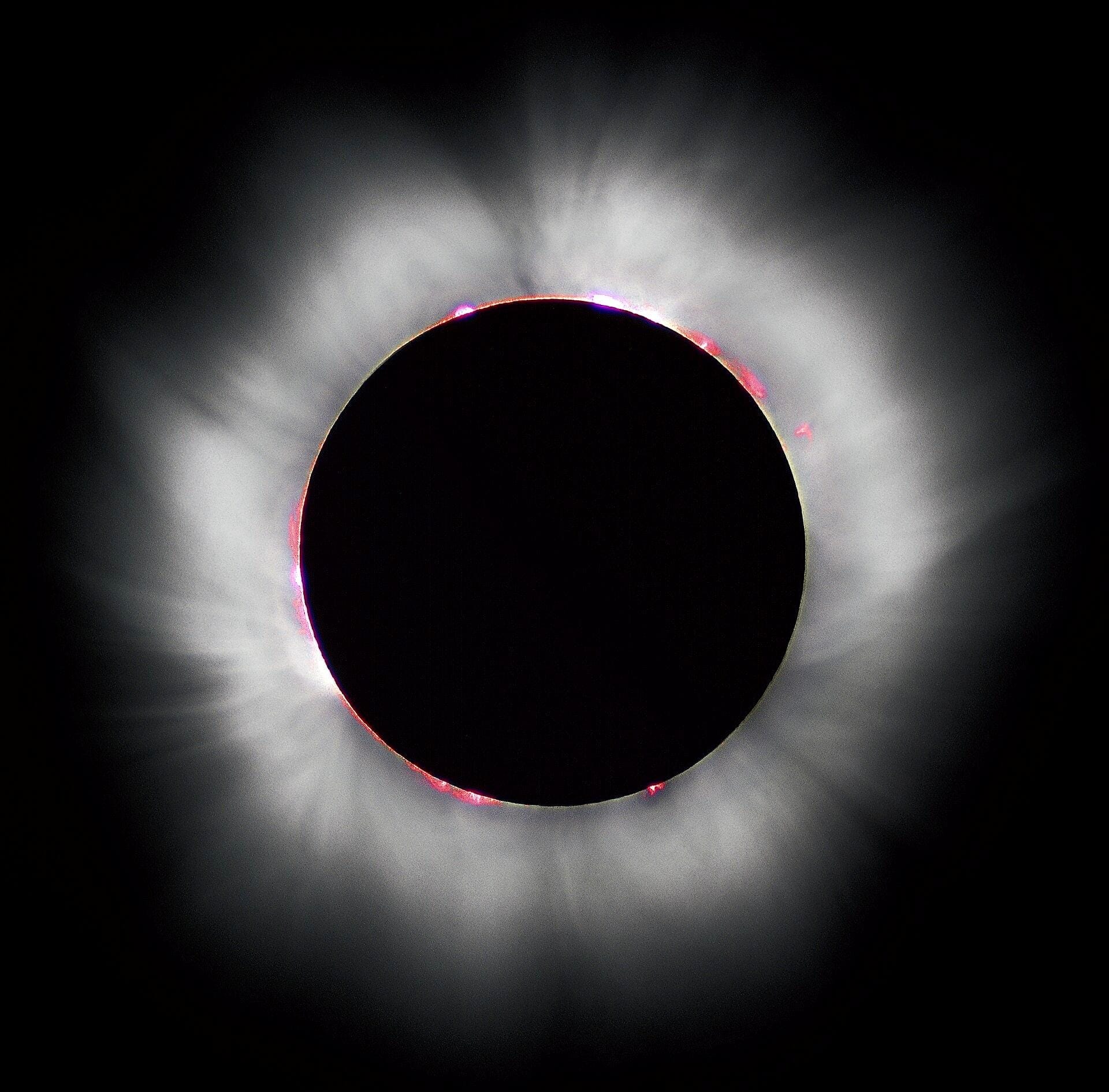
As more and more of the Sun disappears behind the Moon, some strange things will begin to happen. When about ⅔ of the Sun’s disc is hidden, the light will grow eerily dim, shadows on the ground will become sharper, birds and other animals will be confused and start moving around and the temperature will drop. For those in the path of totality, things get even more bizarre: with only a few moments left until all of the Sun is hidden, the light falls off dramatically and a sense of impending doom—or elation—can set in. One can understand why previously, some people thought the world was ending. With just a few seconds left until totality, the rim of the Sun breaks into individual dots of sun drops (Baily’s Beads), the last gleam of sunlight (the diamond ring effect) shrinks into the pitch black disc of the Moon, and unbelievably the corona appears out of nowhere, surrounding the black orb of the Moon like a pearly halo. The whole experience is utterly beyond comprehension.
*For more on this eclipse, see space.com.
Why should my family, friends and I leave our homes to see totality? And why should we take Amtrak instead of driving?
If my descriptions of totality weren’t enough to sway you to head into the path, perhaps you should consider this: there must be a reason that millions of people from all over the world will be descending on the U.S. for TSE2024. Sure, as I said before, if you want to be happy with a deep partial eclipse, who am I to argue? But if you really want the unforgettable experience of a lifetime, head to Western New York. You can thank me later.
NYS will be a major destination for incoming eclipse chasers from around the world. Personally, and as an educator, I can tell you there is a reason I’ve been to four continents chasing the Moon’s shadow. Simply put, there is no other phenomenon that matches a total solar eclipse for sheer drama, awe and wonder. It’s an otherworldly experience because it actually is otherworldly. It can’t happen by itself on Earth; it needs the Sun and Moon working in celestial concert to make it happen. It’s one of the things that makes me ponder things like coincidences and timing.
By chance, the Moon is 400 times smaller than the Sun, but also by chance, it’s also 400 times closer to us than the Sun is. Add that our Moon is a spherical object (as is the Sun) and you now have a practically perfect fit of one celestial object over another. No other planet can boast of a moon that can do this, therefore we Earthlings are the only beings in the solar system that can witness a total solar eclipse. As for the timing, we are living in a window where the Moon appears large enough to completely cover our star. In about a million years, this won’t be the case. Our nearest neighbor in space is inching away from us every year, and at some point, it will not appear large enough to cause a total eclipse. Sometimes I imagine the last time the Moon will completely cover the Sun, what kind of media event will that be? My instincts tell me that humans won’t even be around then, but who knows?
For those who are thinking of taking the NYS Thruway or the Northway to get to the path, I have one suggestion: ditch the car and take the train. I’m not saying this because I’m a spokesman for Amtrak (I’m not), I’m saying this because if you choose to drive and want to head back home right after the eclipse is over, good luck with that. In 2017, at the last totality the U.S. experienced, it took my sister and her family almost 14 hours to make the normally six-hour trip from Carbondale, Illinois, back to their home in Chicagoland. Cities elsewhere across the U.S. told of similar traffic nightmares. So this year we’re all going to stay overnight and will leave the next day, like I did 7 years ago. In fact, the hashtag #TakeTuesdayToo promotes just that. Good advice. One other thing–make sure you get on a train that gets you up to the path in time! You don’t want to be caught in Albany at the exact time you need to be in Syracuse!
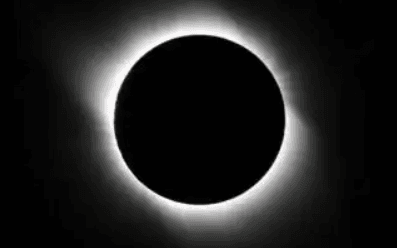
Checking the online Amtrak schedules for Eclipse Weekend (Sat., 4/6 to Tue. 4/9), as of this writing, there are still plenty of seats at good prices to be had on those dates to get you into the path. For example, you can take the Maple Leaf or Empire Service for under $70 from Penn Station in NYC to Niagara Falls, Buffalo, Rochester or Syracuse and return for the same price. If you prefer to be a day tripper and go up and back on the 8th, you can do that for $54 each way, but be aware that you’ll only make it to Syracuse (12:57pm) and Rochester (2:13pm) in time to see totality if you depart from NYC, namely the 7:15am Maple Leaf out of Penn Station (if you choose Buffalo or Niagara Falls, you’ll be looking out the train window to see the eclipse). But these prices can vanish faster than the Sun during totality, so act now!
If you’re looking for things to do on Eclipse Weekend, you can’t go wrong with any of the major upstate cities of Niagara Falls, Buffalo, Rochester or Syracuse, which have entire weekends of fun, cultural and educational activities planned. (Note that Syracuse lies near the southern limit of the umbral path, so the duration of totality there will be less than the other cities mentioned). But if a big city isn’t for you, local parks l all across upstate will be hosting viewing events away from downtowns.
If you decide to visit Niagara Falls you can catch the science experts and astronauts from NASA, who will be lecturing and presenting exhibits all around town. Buffalo has many events planned as well, as it lies squarely on the centerline of the umbra’s path. The Buffalo Museum of Science will be closed on E-Day but the weekend before it will host a special exhibit and talks. An interesting place to view totality will be at the Naval & Military Park, where you can watch from on the deck of the USS Little Rock. The Buffalo Audubon Society and Kelkenberg Farm offer places to view the eclipse in open fields. My family, friends and astronomy club students are planning to head to Rochester, where a plethora of events awaits: Deb Ross, Rochester’s unofficial Eclipse Mayor, tells me to catch ROC the Eclipse exhibit at the Rochester Museum & Science Center; the Red Wings baseball team will host Solarpalooza! at Innovative Field; the George Eastman Museum will host Focus, Click, Totality with tips on shooting the eclipse, and much more, including food and music festivals.
Syracuse also offers viewing events and activities for those who don’t wish to travel as far upstate. The biggest event is the Milton Rubenstein Museum of Technology (MOST) 2024 Solar Eclipse Festival at Armory Square.
Adirondack service will take you north of the border to see totality in Montreal, one of my favorite Canadian cities just across the St. Lawrence River. Another, the Ethan Allen Express, can drop you off in downtown Burlington, Vermont, which lies squarely in the path.
You can also choose smaller (and possibly less crowded) towns like Watertown, Saranac Lake or Plattsburgh, all of which will certainly have fun, family-centered events planned.
But don’t even think of taking the Maple Leaf to Toronto, as that otherwise-amazing city lies just outside the path of totality–what a shame!

How can I prepare to see totality?
This is a loaded question because one can’t truly prepare for a total solar eclipse, at least not from a sensory point of view. But you can do all the right things to make sure you have a great weekend or day trip: if you’re planning on staying overnight at an upstate location, make sure to book your accommodations (now!), get your Amtrak tickets (now!) and go onto websites that will give you an idea of what cities are doing to prepare for the big event, and also what to expect from TSE2024. Handy and useful sources of information are www.greatamericaneclipse.com and www.eclipse2024.org. If you’re a teacher or simply like educational resources, check out my own website: www.scienceinsideout.com. You can pick up your certified-safe eclipse glasses at a great price on my site as well.
As a veteran of five prior TSEs on four continents, I hope you will hop on the train and get yourself and your family into the path of totality on April 8th. Beyond the fact that an eclipse like this won’t be seen again in this country until 2045, it’s going to happen in our own Empire State, with a tailor-made rail system ready to take you to the path of totality within a few hours. After you’ve seen totality (or maybe just a partial), we would love to see your thoughts on this site. But be warned: once you’ve seen totality, you’ll be hooked and never want to miss another one. You’ll join all the rest of us whose first question after seeing a total solar eclipse is “When’s the next one?”
Take Amtrak to Niagara Falls, Buffalo, Rochester or Syracuse to see the Total Solar Eclipse
Don’t forget to use the Amtrak See New York and Save 15% discount!
